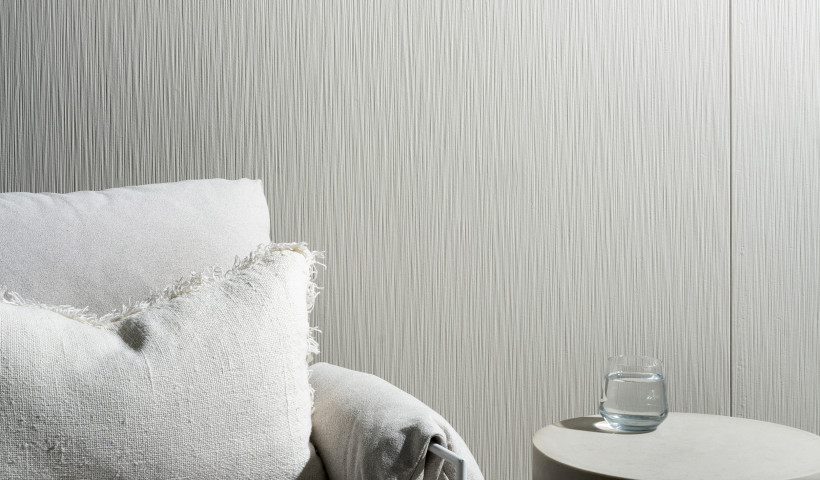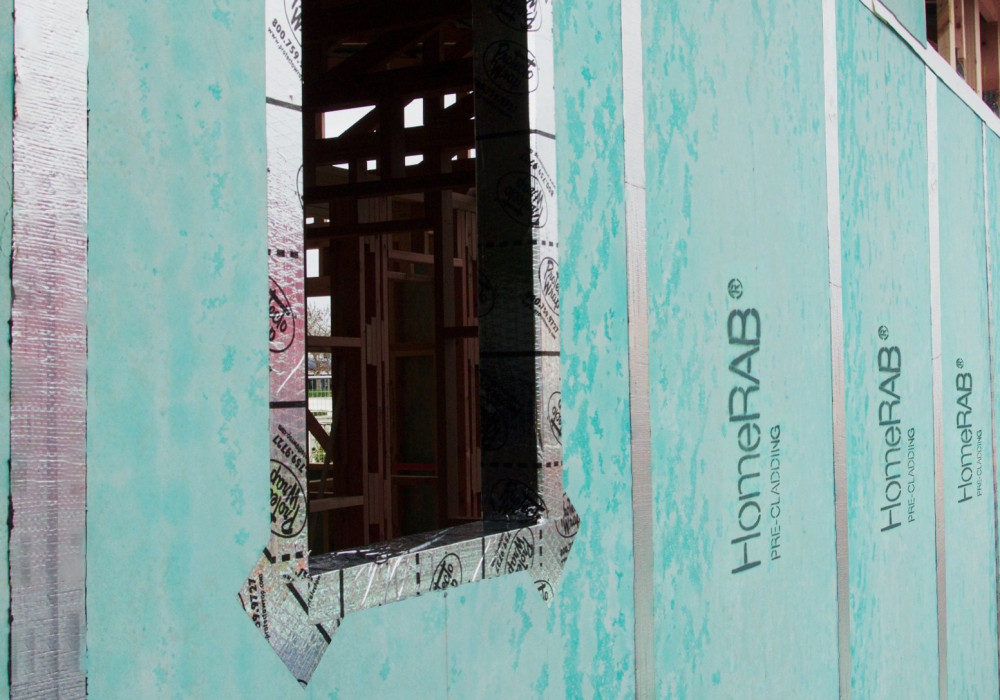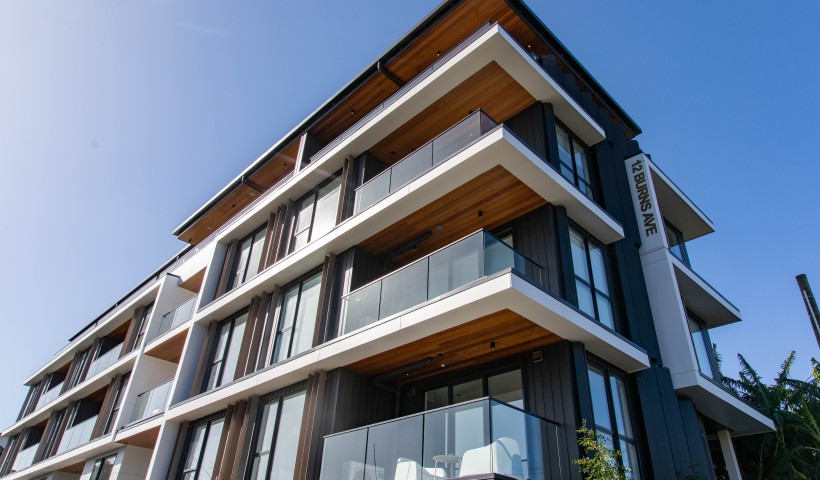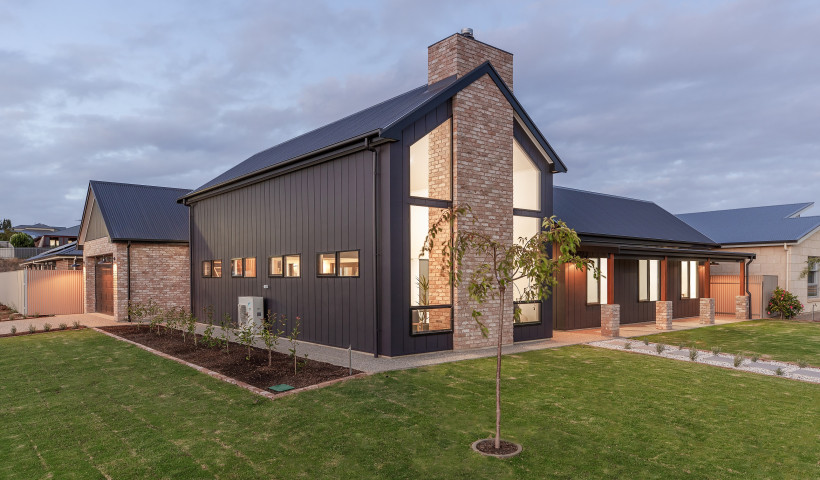
Based in Dunedin, Nigel works closely with architects and architectural draftsmen to ensure residential and commercial buildings are fit for purpose and built for the long run. When specifying materials that contribute structural strength to a project, he prefers rigid pre-cladding board rather than building wraps.
"I work on the philosophy that if you wrap a home in a rigid, water-resistant material such as HomeRAB Pre-Cladding, you achieve a lot of structural strength laterally. You also gain extra time for the build and decrease the weather risk."
Last year Nigel worked on a project close to his heart — a 50m² extension to his own home in Glenleith. The remodelling project involved removing cladding on external walls, so that they could become internal walls. The build happened during spring, a season well-known for wind and rain.
"I wanted to ensure immediate weatherproofing for the extension, plus I wanted good bracing unit strength, particularly for lateral capacity. I had a choice of HomeRAB or ply. Based on some technical presentations I'd seen a couple of months back from James Hardie, I chose HomeRAB Pre-Cladding. As soon as the framing went up and the HomeRAB went on, the weather risk went down. And once the roof was on, the weather risk was down to 0%."
Nigel says the construction team employed for the extension hadn't worked with HomeRAB Pre-Cladding before.
"The foreman found HomeRAB Pre-Cladding easy to use. In his words, he said it was 'OK', which is glowing praise coming from a builder."
Looking to the future, Nigel believes the use of rigid pre-cladding is important for assisting the earthquake-resistance of homes.
"The Christchurch experience has taught us that you get a lot of cracking in wall linings. When you use rigid pre-cladding, I believe there is less opportunity for this to occur."













 Case Studies
Case Studies















 Popular Products from James Hardie
Popular Products from James Hardie


 Posts by Singh Kamboj
Posts by Singh Kamboj Most Popular
Most Popular


